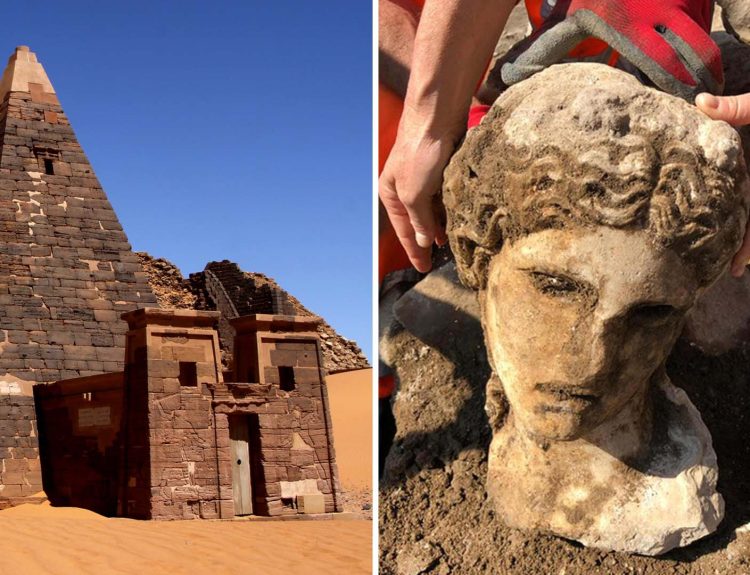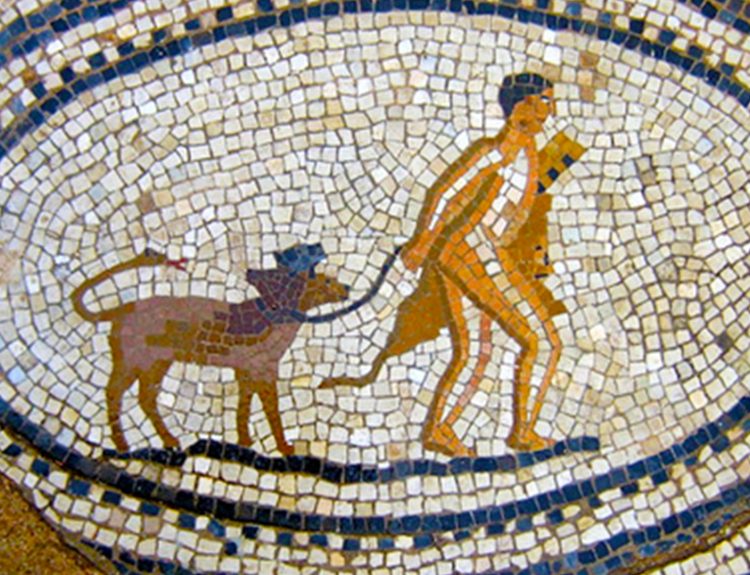When Prince Charles was crowned king on May 6, 2023, he joined a long list of British kings. Even though his coronation was the first one in England in more than 70 years, King Charles is not the newest entry on the list of Britain’s kings.
The newest British king to be added to the list is not a new king at all, but an old one. A really, really old one. King Esunertos ruled in the first century BC, but until a few months ago, no one knew he existed. How did historians rediscover this long-forgotten king? Let’s find out.
The Find of a Lifetime
Lewis Fudge, a metal detectorist, was scanning a field in Hampshire’s Test Valley in March 2023 when his metal detector began to sing. A few moments later, Fudge held in his hand a small piece of history … a coin no bigger than his own fingernail.

Fudge knew immediately that he had a rare artifact. His first clue was the age of the coin, which was struck between 50 and 30 BC. His second clue was the name on the coin – the name of a king he had never heard of before. To find out more, we need to go back in time to Iron Age England.
Britain in the First Century AD
In the first century AD, Britain was a land inhabited by various Celtic tribes, each with its own distinct culture and governance. There were occasional clashes between tribes as different groups tried to expand their territories and rule.

The economy thrived on agriculture, with the cultivation of crops and the raising of livestock. This was a dynamic and pivotal time in Britain’s history, thanks mainly to Julius Caesar and the Romans.
Roman Raids on Britannia
The first Roman raids on Britain took place in 55 BC and 54 BC when Julius Caesar led expeditions across the English Channel in an attempt to establish a foothold on the island. Caesar wanted to dominate more land, the consolidation of power in Rome, and the disruption of potential support for Celtic tribes in Gaul (modern-day France).

The Roman legions faced formidable challenges and encountered resistance from local Celtic tribes. Although these initial expeditions did not result in a lasting Roman occupation, they laid the groundwork for future invasions. Caesar’s accounts of these events, documented in his Commentarii de Bello Gallico, provide valuable insights into the early interactions between the Romans and the indigenous people of Britain.
Where Does King Esunertos Fit In?
When King Esunertos ruled, written language was new in Britain. The name “Esunertos,” and its alternative spelling, “IS VIRTOS,” is unusual for its time period, although it does appear in Roman records several hundred years later.
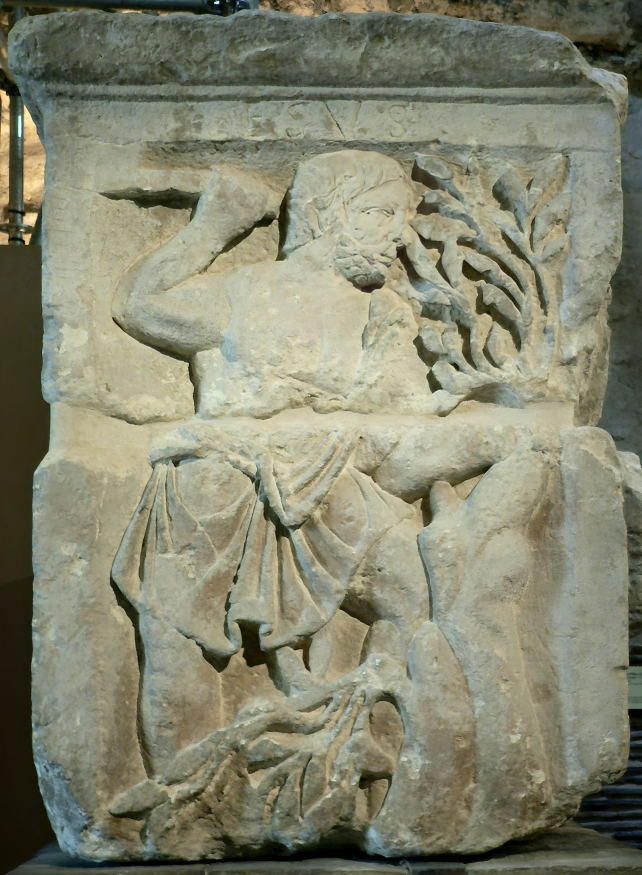
The name means “Mighty like the God Esos.” Esos, sometimes spelled Esus, was a prominent Celtic deity who was associated with trees, forests, vegetation, and agriculture. Some depictions of this god include ritualist human sacrifices. Clearly, this was not a Celtic god to be trifled with.
An Iron Age King
As for King Esunertos, historians have little information to go on when trying to piece together his story. It is believed that his kingdom was in the Hampshire region of England, possibly near Danebury Hillfort.

King Esunertos’ reign overlapped with that of King Commius who allied himself with Julius Caesar and the Romans. It could be that Esunertos and Commius were also allies or that they were enemies. Esunertos may have been one of the Celtic rulers who fought off the initial Roman raiding parties.
A Case of Mistaken Identity
When Lewis Fudge discovered the coin in the spring of 2023, he contacted numismatists at the Ashmolean Museum. The inscription on the coin was verified, as was its date. The coin’s style was similar to those of King Commius, but there were some notable differences. This led the coin experts to reexamine other Iron Age coins that had been discovered.
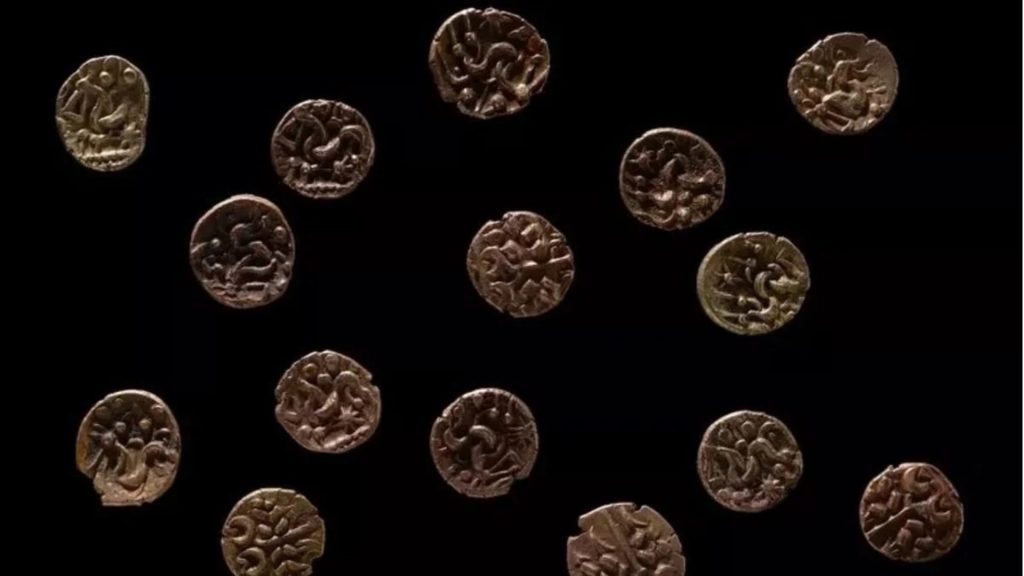
The numismatists realized that other coins from King Esunertos’s rule had been previously unearthed, however they were misidentified as being issued by another Celtic tribe. Fudge’s coin bearing King Esunertos’s name corrected that error and opened a new chapter in British history.
History Told Through Coinage
Iron Age coin specialist, Gregory Edmund, has built his academic career on studying the Roman Invasion of Britain as told through the earliest British coinage. He noted that the focus of his work is “to document the discoveries of national importance and share that knowledge directly with museums and amongst academics, collectors, and the public.”

Edmund explained that much can be learned about the history of a region from the coins that were struck during particular time periods. “Despite the coin’s diminutive size, the name of its conceiver – Esunertos – now truly echoes down the ages. Esunertos was once forgotten, but his name looms large in the historic record.”
A Record-Setting Auction Sale
The auctioneering house, Spink, announced in September 2023 that the King Esunertos coin would be sold at auction. The auction took place on September 28, 2023, and attracted considerable attention and excitement. The auctioneers at Spinks expected the coin to sell for about $5,100 USD.
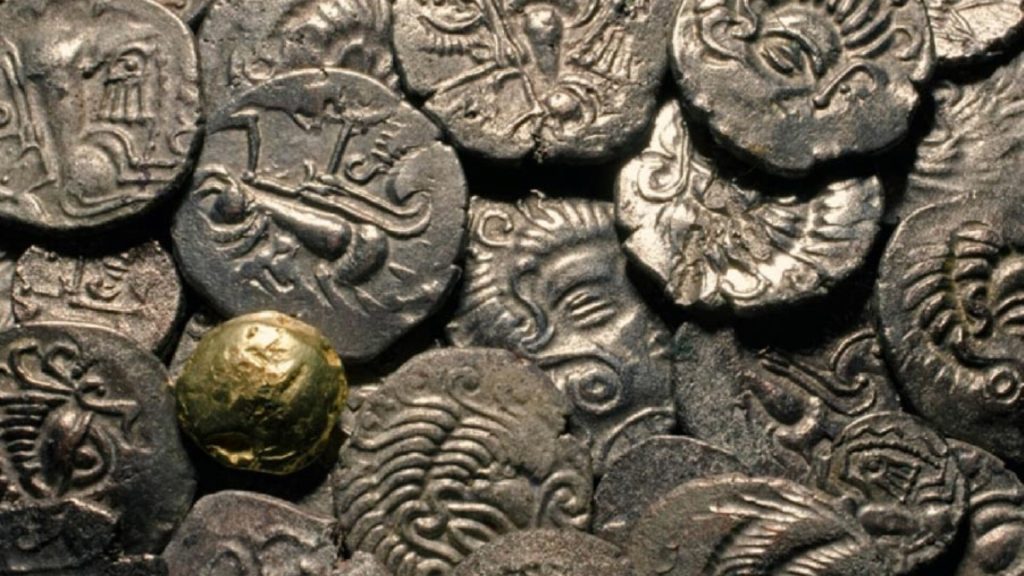
Instead, a bidding frenzy erupted. The bidding continued to climb, surpassing the $12,000 auction price of the current world record coin. The King Esunertos coin was auctioned for an astonishing $26,000, setting a new world record for Quarter-Stater coins.




